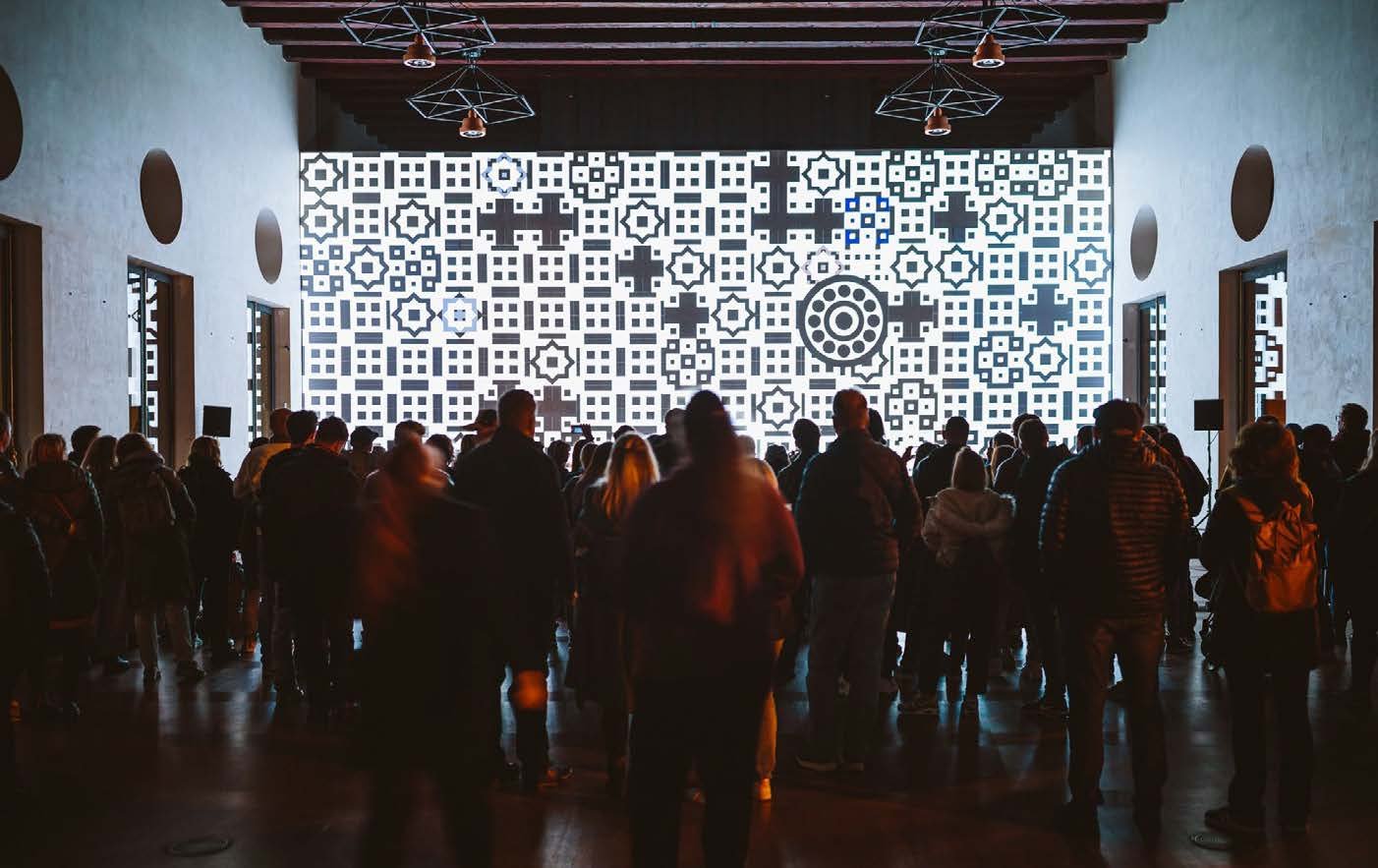DI/S Case Studies: SIGNAL Festival Ticketing and Audience Strategy
How can digital arts organisations bring in a business mindset while maintaining artistic integrity as major producers of digital art? DI/S - Digital Inter/Section, a multiyear project supported by Creative Europe, has released four case studies of new business models for digital arts organisations and the creative sector. A key takeaway from the Prague case study include is that by targeting both mass and niche audiences, Signal Festival can secure long-term growth while maintaining artistic integrity and developing visitor experiences - thus putting audience perspective and artistic integrity at the center.
Signal Festival, Prague, Czech Republic
Case Study Signal Festival - New business model targeting ticketing and audience strategy
The goal of the pilot project carried out by Signal Festival was to ensure long-term financial sustainability and enhance the visitor experience through the optimization of ticketing models, improved audience segmentation, and the redefinition of premium products such as the Gallery Zone.
Signal Festival, the largest digital art festival in the Czech Republic that draws 500,000 to the streets of Prague, is evolving its business model to reduce reliance on public funding. The project represents a significant shift in the festival's business model, focusing on premium experiences and data-driven segmentation to ensure long-term sustainability and a deeper connection with its diverse audience.
A key takeaway from this case study is that by targeting both mass and niche audiences, the festival aims to secure long-term growth while maintaining artistic integrity and developing visitor experiences - thus putting audience perspective and artistic integrity at the center.
Signal Festival’s strength lies in its ability to combine art, technology, and public spaces. Photo ©SIGNAL
First, diversify your revenue streams. Explore paid options for your audience to complement B2B partnerships and public funding.
Invest in understanding your audience. Research into visitor behaviour and expectations gives you the insights needed to create real value.
Work with qualified experts. Collaboration with professionals, like our research agency, was key in validating data accurately.
Martin Pošta, CEO
Signal Festival in Prague is an annual festival of light, art, and technology that transforms the city into a vibrant open-air gallery. Photo ©SIGNAL
Signal Festival is committed to sustainability. We strive to minimize our environmental impact by digitizing the ticketing process, reducing waste and through recycling sourcing locally. We also educate our visitors about environmental issues through our artworks.
Alzbeta Krajcikova
Creating "wow" moments through large-scale installations and interactive experiences that few competitors can match. Photo ©SIGNAL
The primary objective is to create a revenue model that aligns with visitor expectations and their willingness to pay for premium experiences like the Gallery Zone. Photo ©SIGNAL
Download SIGNAL- DI/S Case Study
Download the report The Business of Digital Art: Economic Models and Insights Into the Future on DI/S Digital Inter/Section website.
Interviews on YouTube





